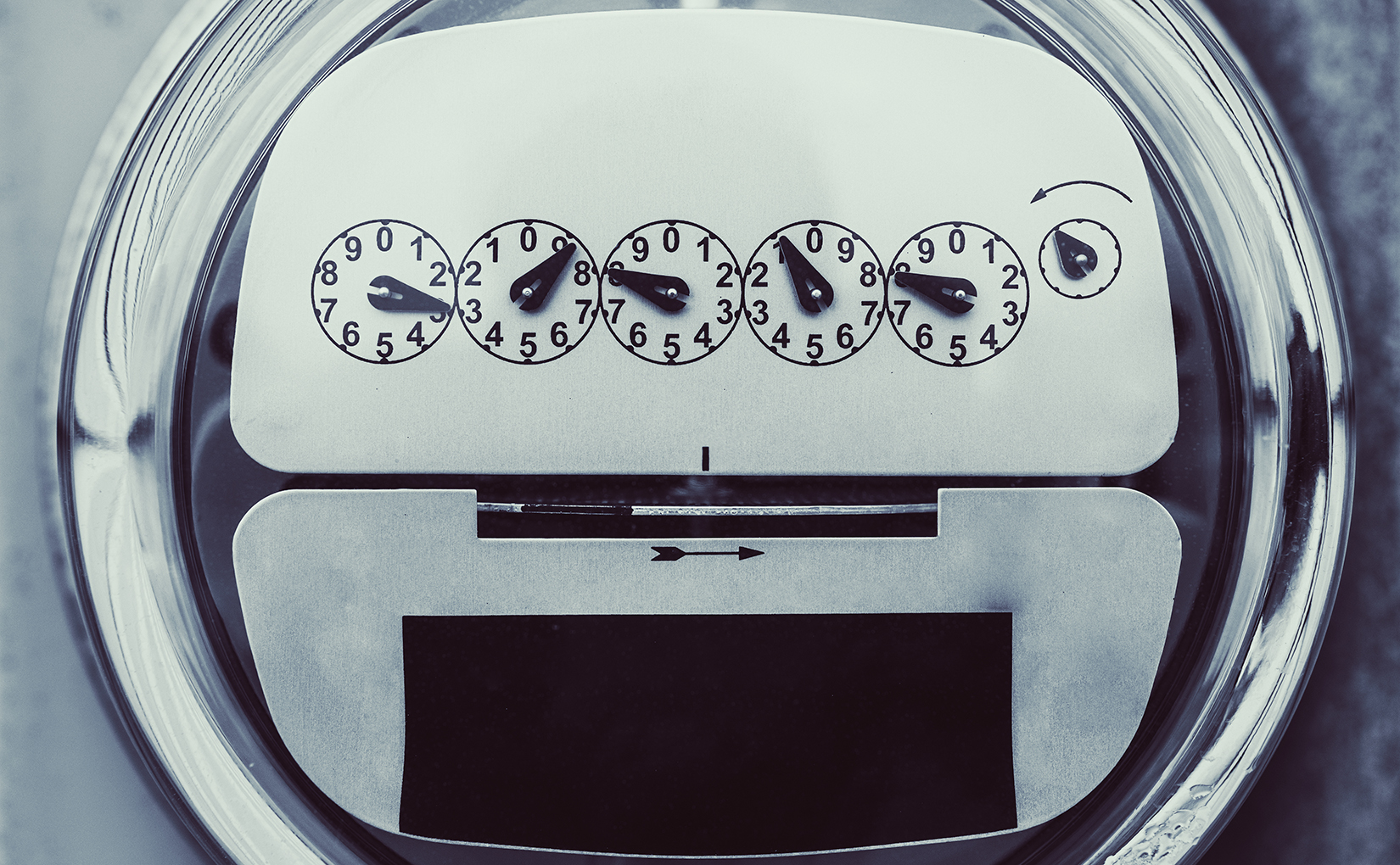Multifamily Research: How Much do Apartment Renters Pay for Utilities?

For many American renters, the monthly checks they send to their landlords also covers some basic utilities.
This gross lease structure provides renters with protection against higher water, gas, and electricity costs, which may result from higher prices or from higher consumption. This is particularly true during a cold winter or hot summer. In this lease structure, the risk of higher utility costs is borne by the landlord. Most of the time this is not due to a benevolent property owner, but rather a building that lacks sub-metering by unit.
We took a look at data from the American Community Survey to see what portion of renters have their utilities included in their monthly rent check. As shown below, water is the only utility that most renters will avoid paying directly.
In contrast with water bills, only a minority of renters manage to avoid electricity and gas charges. Here the difference between large and small properties is significant. At large properties, electricity and gas charges are included in gross rent for 27 percent and 25 percent of tenants, respectively. At smaller properties, the shares drop to just 10 percent and 13 percent respectively. The risk of higher energy costs is shifted towards the renter in these smaller properties.
Digging deeper into the data, we found that utility costs account for a significantly higher portion of contract rent for tenants living in small buildings. As we have covered in a previous post, small properties tend to be more affordable to renters than large ones. Utility costs will make up a greater portion of smaller rents.
Another interesting finding is that ration of utility costs to gross rent increases with bedroom count. While utilities in studio units comprise 4% and 8% of gross rent cost in respective small and large properties, utilities comprise 13% and 9% of gross rent cost in three bedroom units within small an large properties, respectively. Perhaps with roommates and family members comes a ‘diffusion of responsibility’ where lights and air conditioning are left on when no one is home.
Small apartment renters might look at these findings and weigh the idea of paying for utilities in order to make their apartment community more attractive and affordable to the competition. By incorporating energy efficient retrofits into a value-add strategy, landlords can pass those utility savings onto their renters, and perhaps enjoy a higher occupancy and retention rates.

